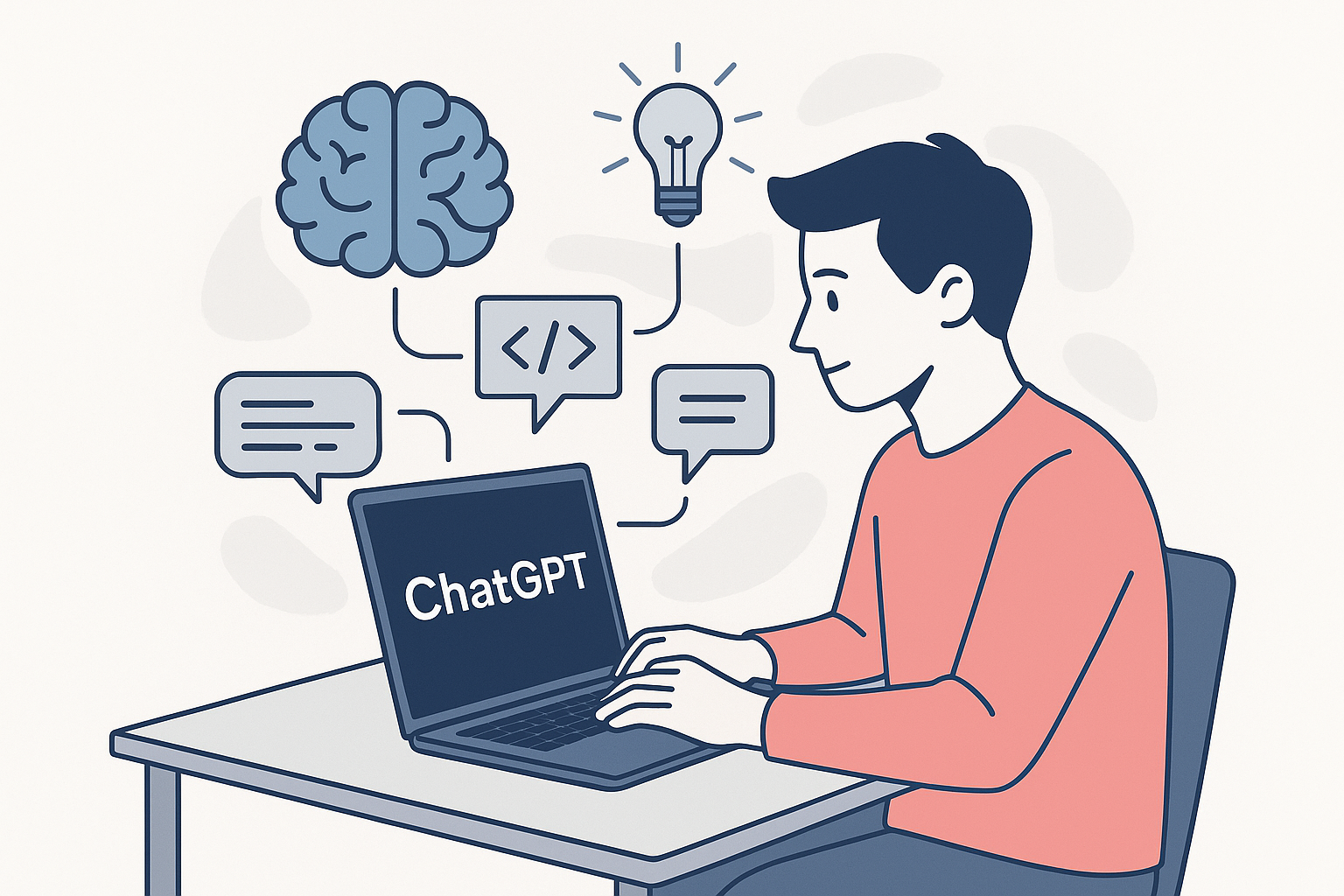In This Article
ToggleIn today’s digital world, people mostly use ChatGPT for everything from research to writing. However, here’s the thing: how well it works depends on how well you use it.
If you want to know how to make ChatGPT smarter, you don’t need to hack the system or any magic code. This is done by understanding how to guide, prompt, and feed it the right way. The clearer your prompt, the better the output.
This article covers 7 practical tips to improve ChatGPT responses without needing any specified skills.
1. Context-Rich Prompts
Normal prompts give you simple, low-quality answers. Want a smarter ChatGPT?
Normal Prompt:
Write about social media.
Technical Prompt:
Write a short blog post (under 200 words) for students on the advantages and disadvantages of using social media.
Why this works: This works because ChatGPT uses your details to generate more accurate and relevant output.
2. Role Prompting
One of the best methods to make ChatGPT work better is to assign it a specific role. For example,
- Act as a webdeveloper.
- You are an engineer.
- A content creator
- A writer.
- a certified nutritionist.
This method improves tone, structure, and accuracy because the AI gives output according to your role.
3. Step-by-Step Instructions
Don’t write a prompt into one detailed paragraph; break it down into bullets to boost ChatGPT output. List what you want clearly. For example,
Write a blog on social media that
- Sounds professional but friendly
- Includes a question
- Uses the keyword “time management for students”
- Is under 200 words
This method keeps generic responses and minimizes errors.
4. Background Info
This is important for ChatGPT to know your brand, product, or audience unless you explain it.
Before asking a question, write a short brief about your designation or describe your situation. For example,
“I’m a writer at dynstywrites.com that helps freelance writers. Now write a call to action that fits our tone.”
ChatGPT will respond with more intelligent context as a result.
5. Follow Up and Refine
ChatGPT is designed to be used back and forth. Don’t accept the initial draft. Say:
- Make it shorter.
- Use simpler language.
- Change the tone to more playful/formal.
- Give more data or stats.
You may motivate and push its output to be more polished and helpful in this way.
6. Use Custom GPT settings.
You can guide your ChatGPT according to your needs. Here’s the process:
This linked article helps you to use ChatGPT effectively and also helps to customize your ChatGPT and gives custom prompts that make your ChatGPT like a human.
Additionally, you may develop custom GPTs for specific roles (such as customer service, email writing, or coding). This is the actual method for increasing ChatGPT’s output for longterm.
7. Testing and Updating Your Prompts
Practice makes a man perfect. You become better at asking smarter queries.
You’ll soon start making reusable prompt templates and get smarter replies from ChatGPT, which will save your time and produce better outcomes.
Helpful Tip: Save your best prompts in a doc or note-taking app. You’ll thank yourself later.
Final Thoughts
You don’t have to be an expert to get better output or a response from ChatGPT. You just need a technical mindset for writing a better prompt and using the right techniques.
Now that you know how to make ChatGPT smarter, use the above ChatGPT tips and tricks to speed up your workflow, sharpen your content, or just get more helpful answers.
- Smart Grid Systems Explained: How They Work and Why They Matter - August 2, 2025
- Make ChatGPT Smarter: 7 Practical Ways to Get Better Results - July 24, 2025
- Best Free SEO Tool: One Smart Platform to Rank Faster - July 21, 2025







